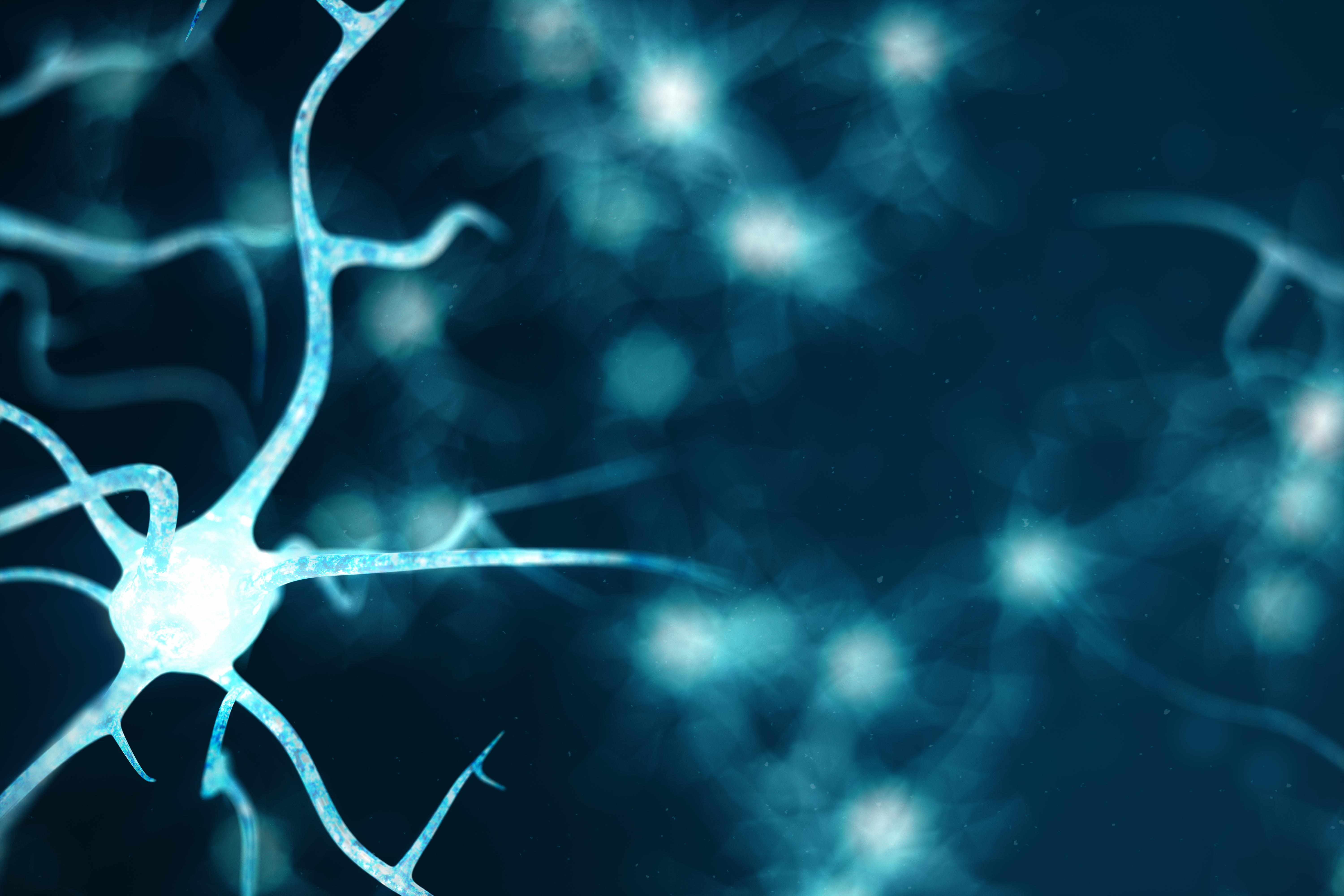
Center for BrainHealth
Share this article

Francesca Filbey, PhD
Bert Moore Endowed Chair and Professor, School of Behavioral and Brain Sciences Director, Neuroimaging of Reward Dynamics (NiRD) Lab
RELATED INFORMATION

Long-Term Effects of Marijuana Use on the Brain
This study investigates changes in brain volume using MRI, finding scans of marijuana users demonstrate decreased activation in the frontal lobe and increased activity in a brain region rich in cannabis receptors.

Weeding Through Marijuana's Effects on the Brain
Determining causality in research takes time, but recent research provides valuable insight into possible effects of marijuana use on brain structure and function.